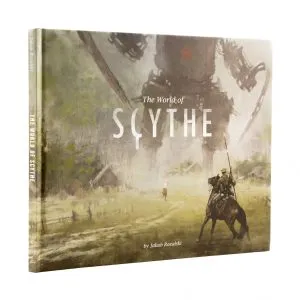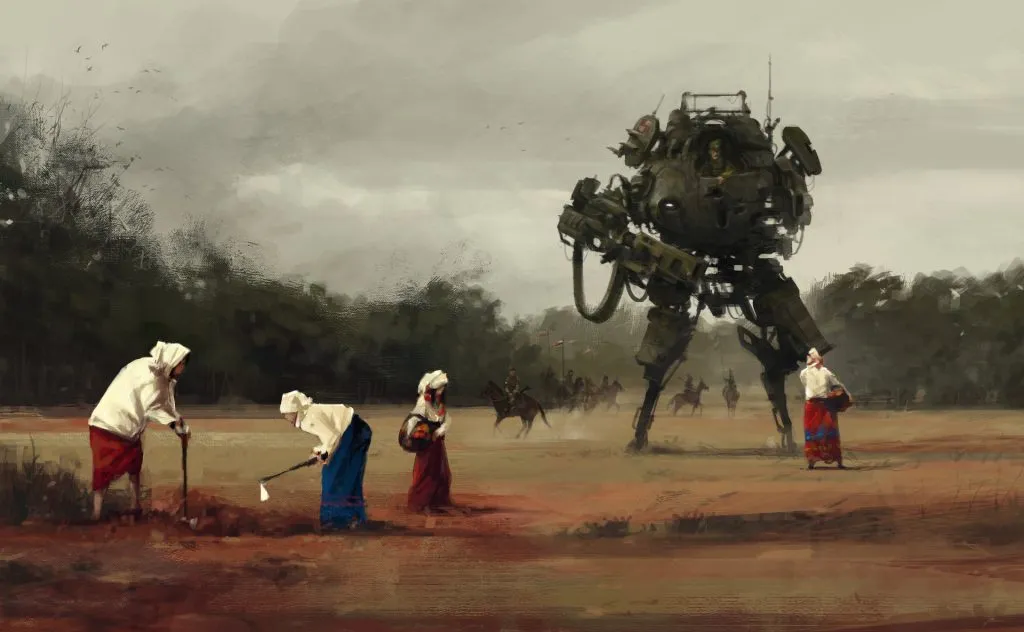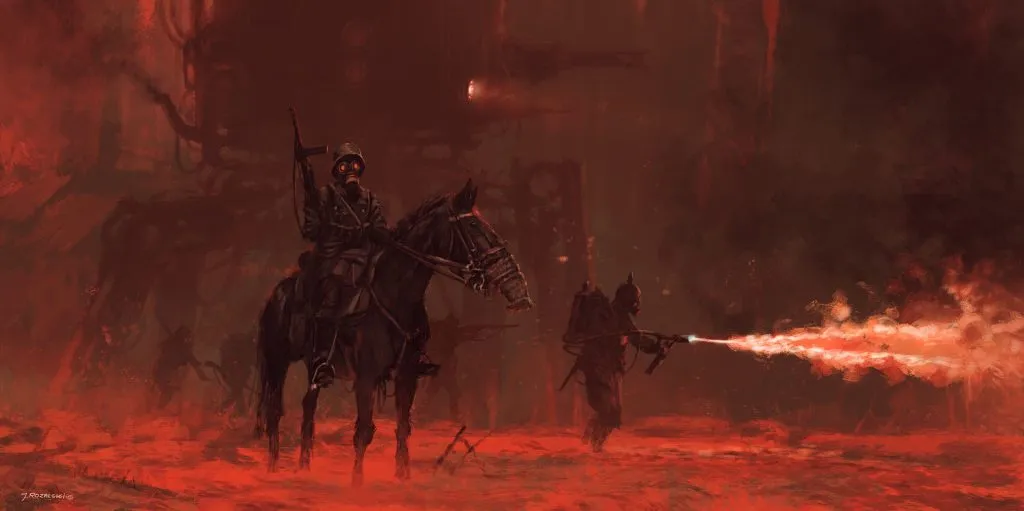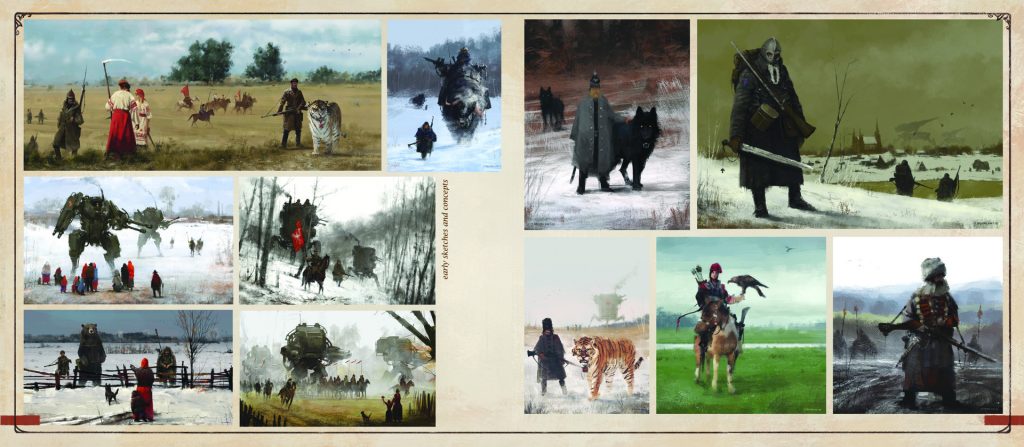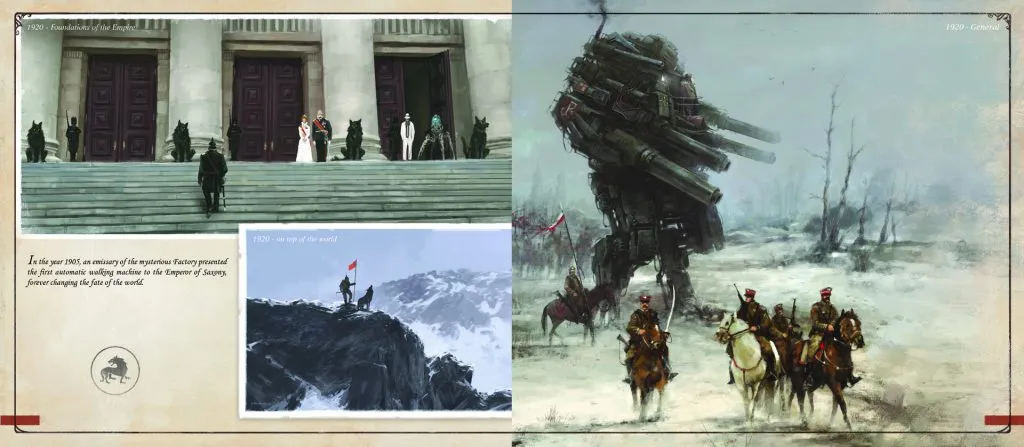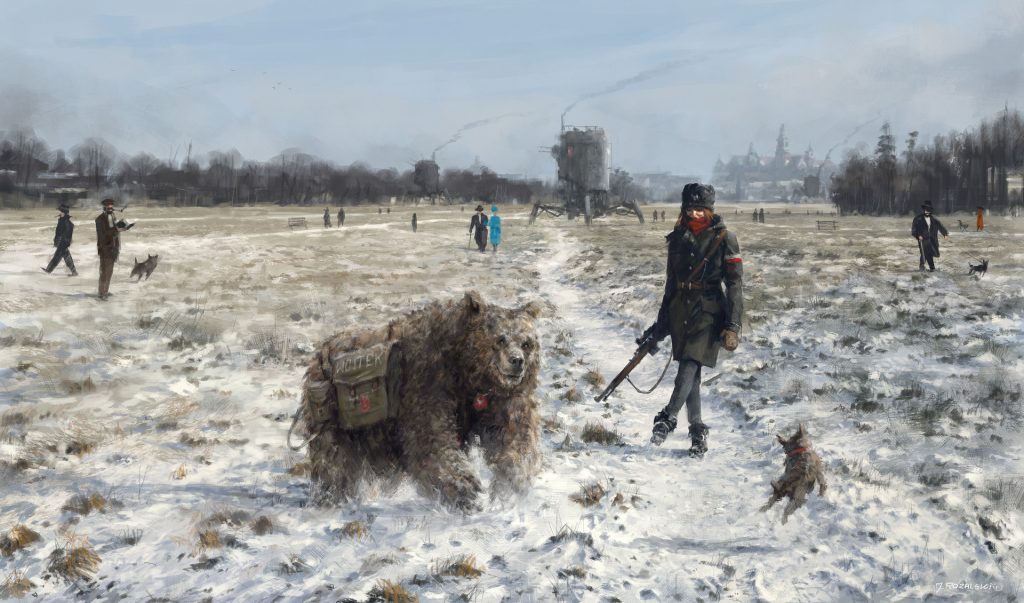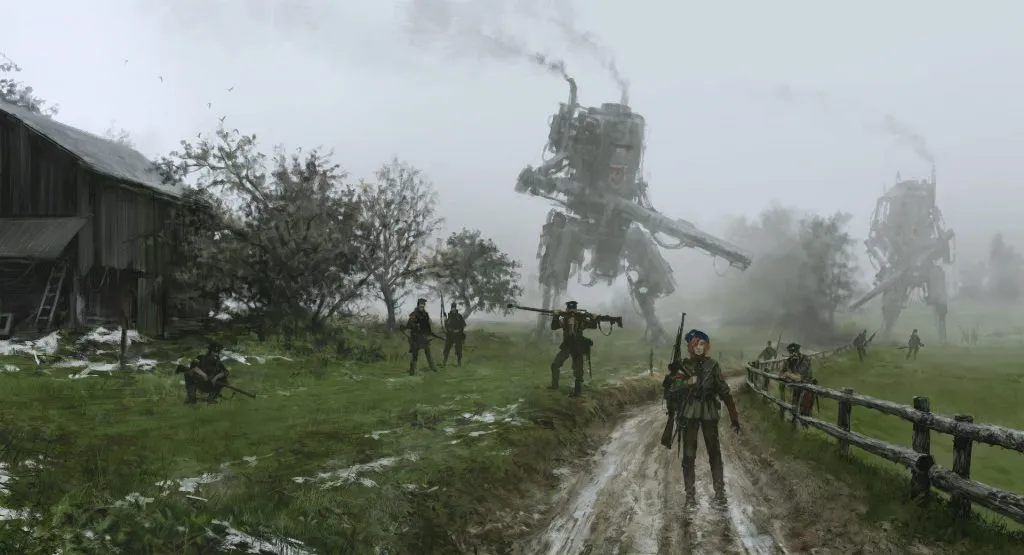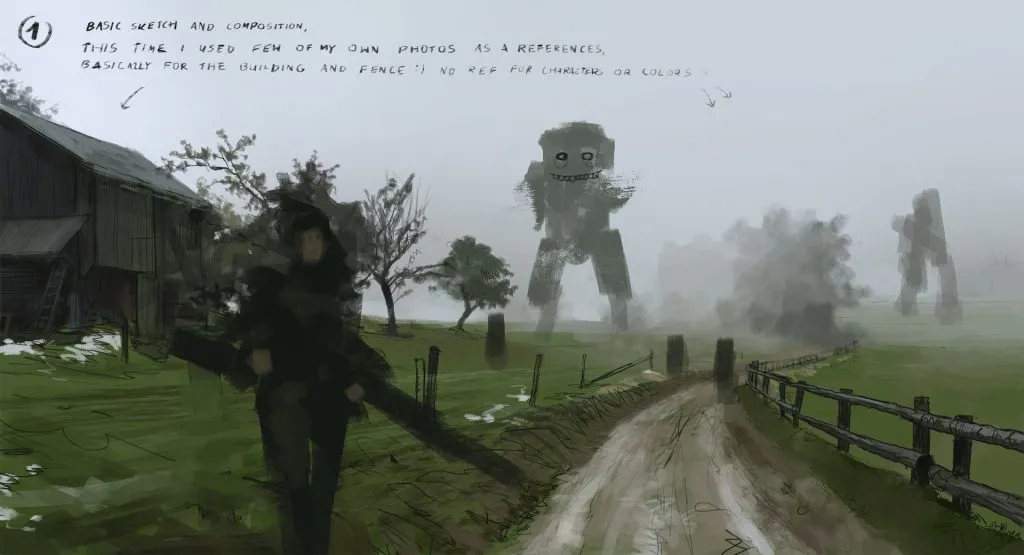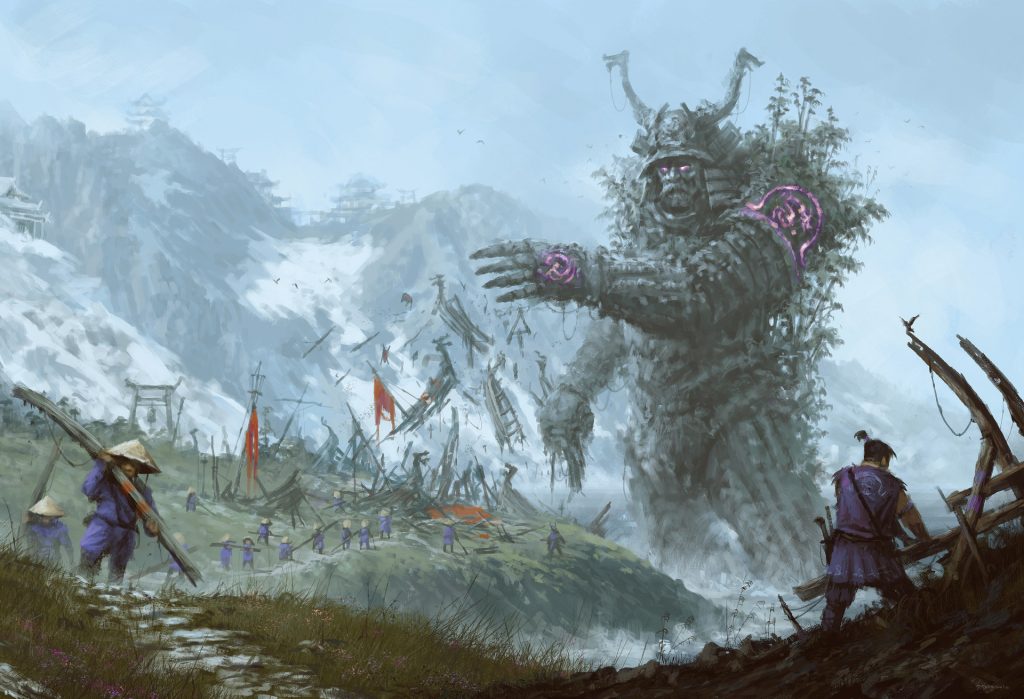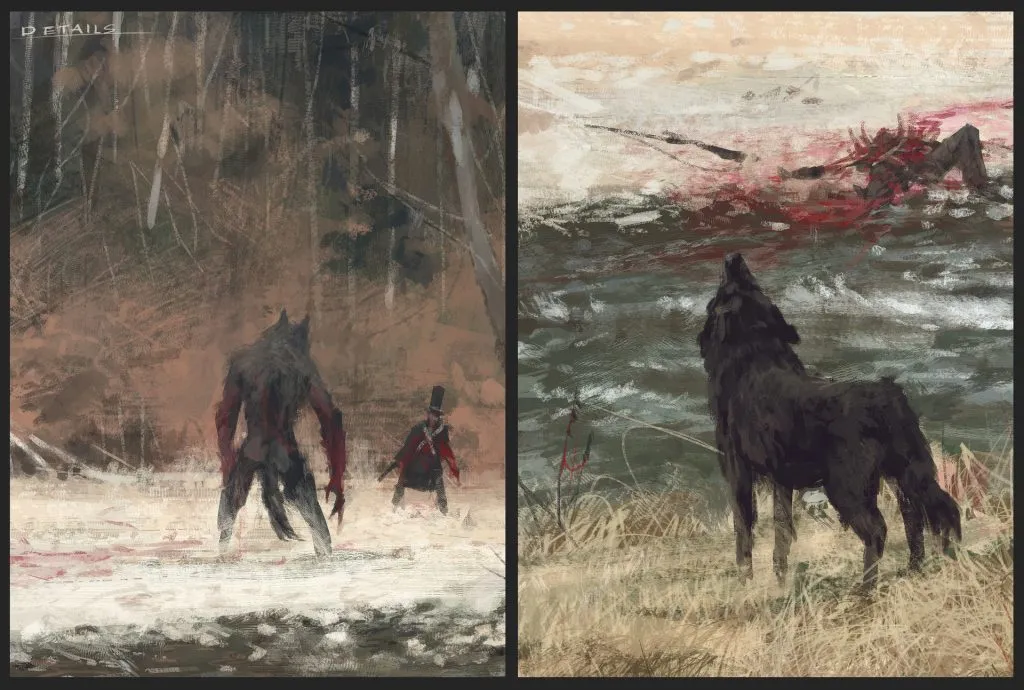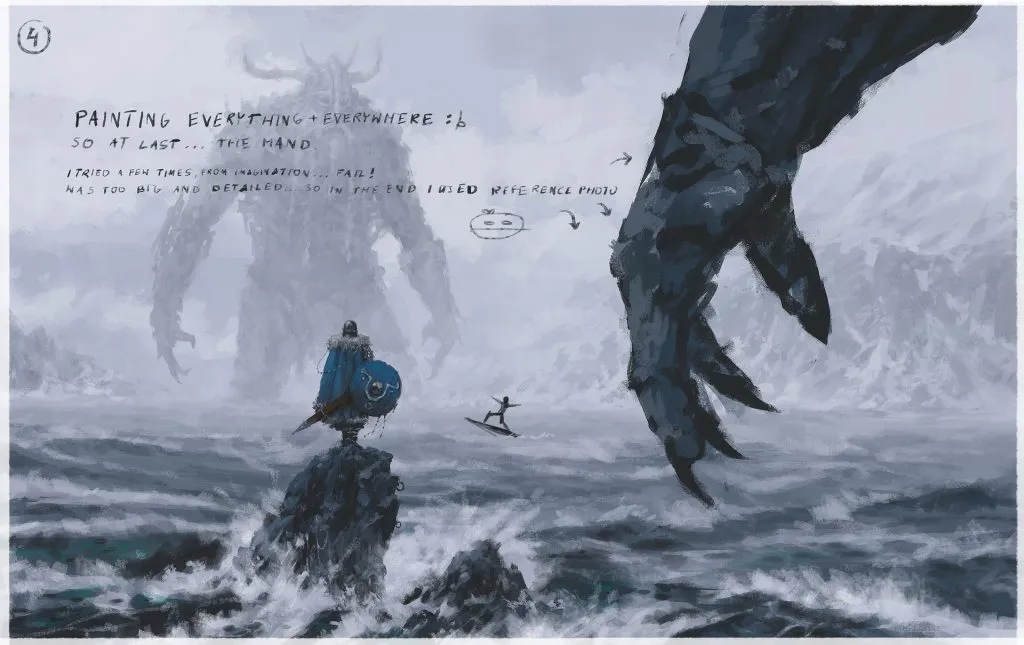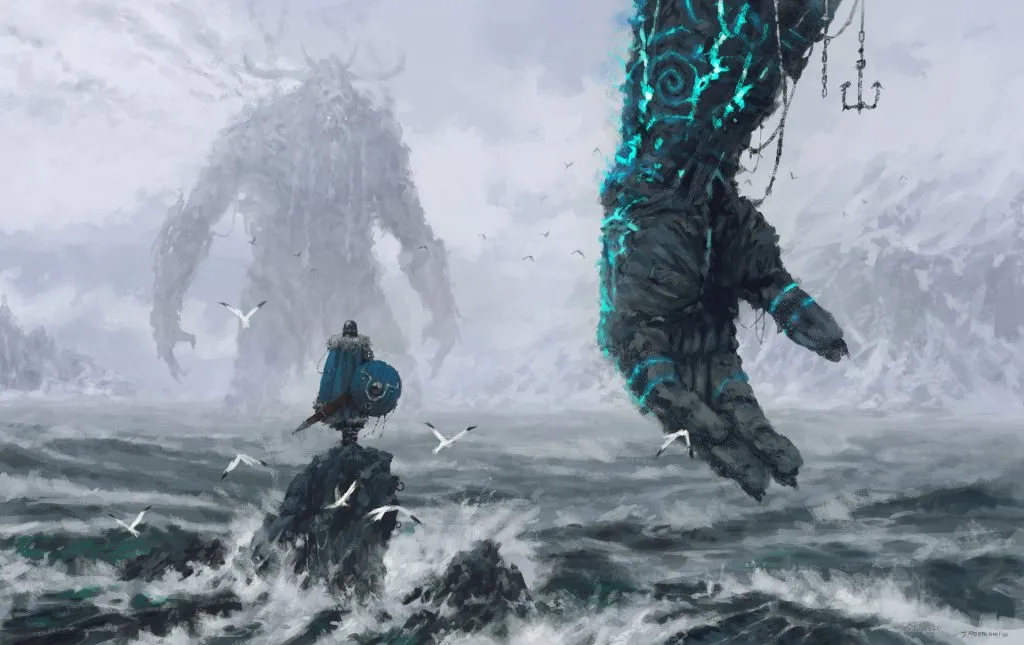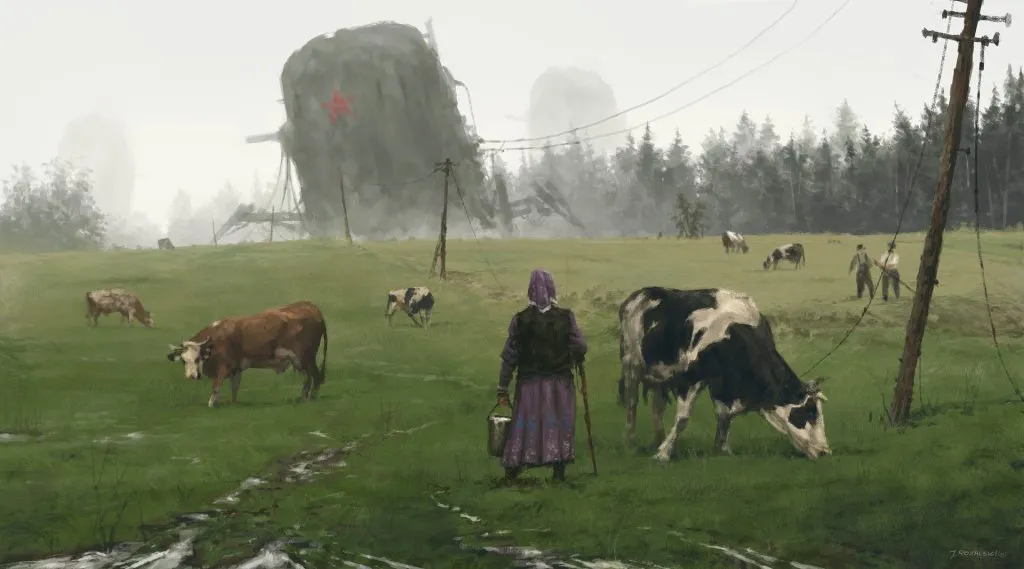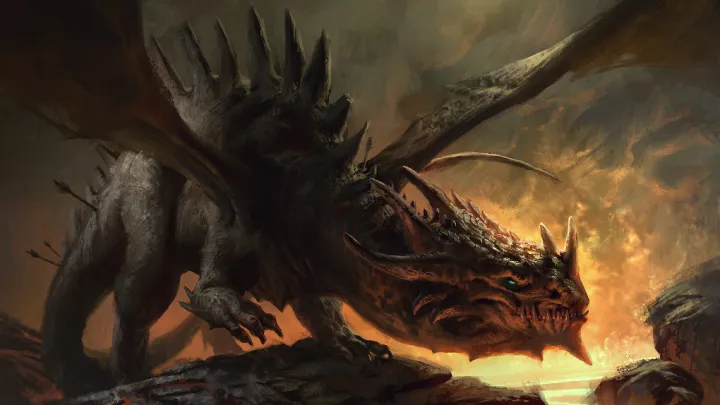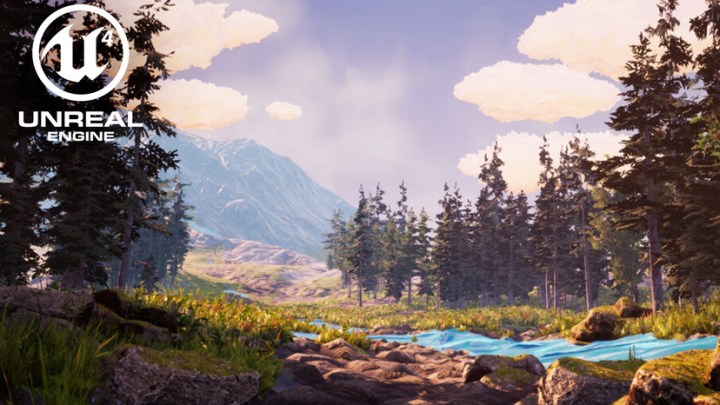Meet the artist: Jakub Rozalski, the artist behind the World of 1920+ and Scythe
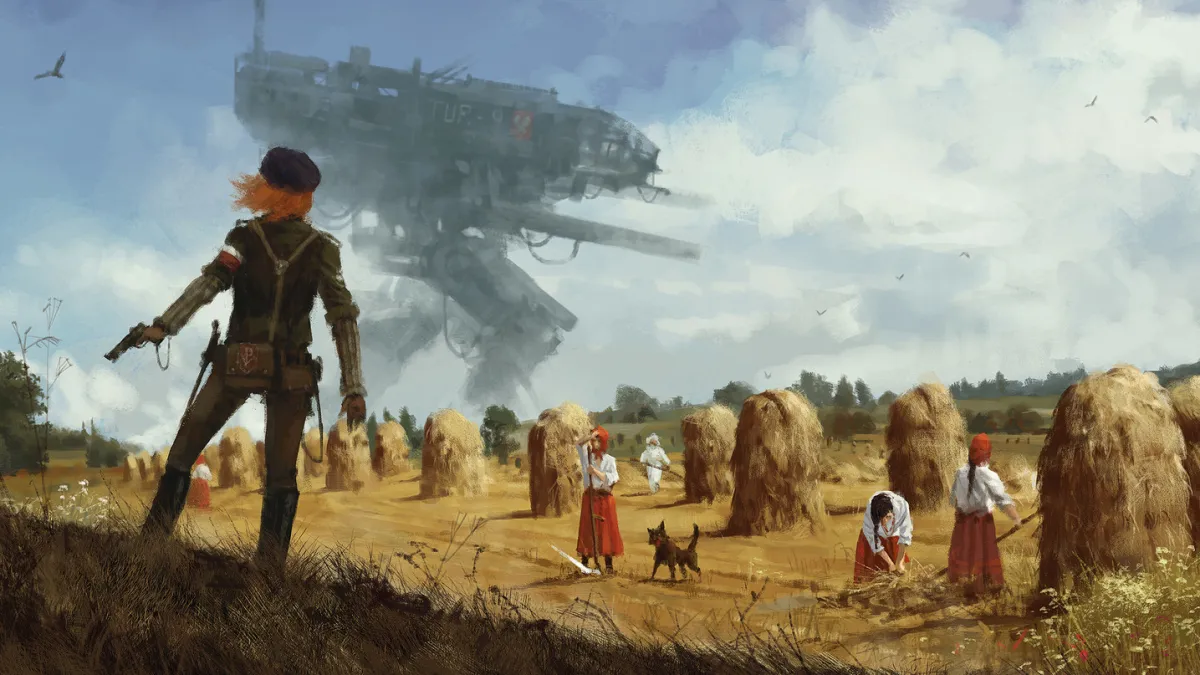
 Jakub Rozalski is a Polish concept artist and illustrator. He is best known for his World of 1920+ series. He recently worked with Stonemaier Games to develop Scythe, one of the most successful board games ever funded on Kickstarter, along with a hardcover collection of art from the project. The 1920+ setting continues to create a buzz, with a video game slated for release in 2018. We took this opportunity to talk to Jakub about his projects.
Jakub Rozalski is a Polish concept artist and illustrator. He is best known for his World of 1920+ series. He recently worked with Stonemaier Games to develop Scythe, one of the most successful board games ever funded on Kickstarter, along with a hardcover collection of art from the project. The 1920+ setting continues to create a buzz, with a video game slated for release in 2018. We took this opportunity to talk to Jakub about his projects.
The World of Scythe art book – Now Available
The World of Scythe is a beautiful 105-page art book showcasing the work of Jakub Rozalski for the board game Scythe, one of the most successful games ever funded on Kickstarter. The book was only made available to backers during the Kickstarter campaign, and is now only available on ArtStation Shop.
Combining Classical with Sci Fi
The way you combine classical painting with sci-fi elements in the 1920+ series has earned you a lot of praise. How did you develop your visual style?
I was born on the Polish West Coast and grew up in a rural village surrounded by forests and lakes. I’ve loved drawing and painting for as long as I can remember and have always been interested in fantasy and science fiction, so it was the natural course of events. I studied fine arts, however I would say that I’m self taught. I always read a lot of books, watched a lot of movies and was exposed to art books and Old Masters paintings. This certainly helped shape me as an artist. But it’s a process that lasts a lifetime and there was no single event that had a special impact.
More than visualizing other people’s ideas, I was interested in creating my own original projects and worlds. I think this is exactly what artists should try to achieve: creative independence. It is a hard way, but it gives a lot more satisfaction in my opinion.
History is my great passion and has always interested me, as well as other cultures, mythology and fantasy. In the 1920+ world, I simply mixed everything that I love the most: an alternate history of my favorite time period, the countryside, a rural atmosphere, XIX century paintings, extraordinary giant machines and wild nature and animals. I think the greatest influences on me and my work were nineteenth century painters like Józef Che?mo?ski, Józef Brandt, Isaac Levitan and Ivan Shishkin.
From 1920+ to Scythe
How did you get involved with Stonemaier Games?
That was in 2014, after the first article about my work was published on Kotaku. I got a lot of offers and proposals. I was approached by Jamey Stegmaier, founder, game designer and CEO at Stonemaier Games. He was captivated by what he saw, and asked me if I would like to create a board game set in the world of 1920+ based on my art. That’s how my adventure with the Stonemaier team began, which today I can even call a friendship. Jamey is a great guy and ideal business partner, working with him was and is a great pleasure.
How did the backstory of the world of 1920+ evolve? How much of the story was already developed before you began working on Scythe?
Jamey found me at a fairly early stage, when I had only just started working on the 1920+ project and world. Most of the ideas were still only in my head. Then we began work on the game and had many meetings where we agreed on things together, so that the world fit the game mechanics. This is how the Factory was created, for example. Jamey always respected my vision and ideas, of course. He proposed new ideas, based mainly on mechanics, but never changed or interfered with my vision of the world. I am continuing to develop the world, characters and story—everything evolves—but Scythe was definitely a turning point in my career and in the history of the World of 1920+.
The storytelling in Scythe relies a lot on your paintings. Was this kind of worldbuilding more ambitious than your previous projects?
It was something completely different, it was my world, I had total creative freedom. I could concentrate on what I like the most and tell a story through my paintings. It was pure pleasure.
New Projects on the Horizon
What’s next for you and the World of 1920+?
I’m very excited about the Iron Harvest project. Video games have been a very important part of my life since the early nineties, so this is like another dream come true. Definitely the plan is to add a new art book to the physical edition of the game. Regarding another board game, let’s put it this way: if anything, it’ll be with Jamey and Stonemaier Games. As for other projects, I can’t say much yet, but I’m having serious talks about a movie or TV series set in 1920+, keep your fingers crossed.
See more from Jakub:
ArtStation Profile
World of Scythe book
Scythe on Stonemaier Games
Iron Harvest site
